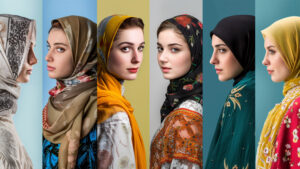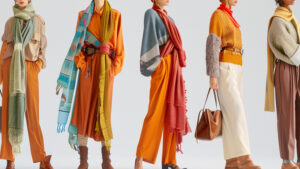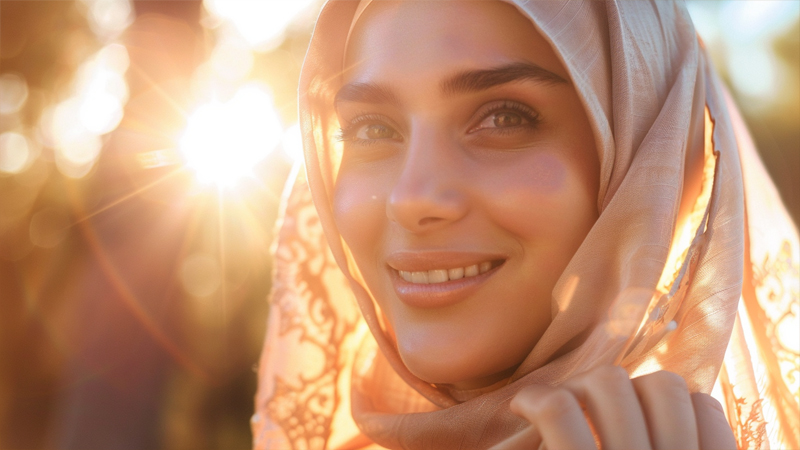
When I first started wearing hijab daily, I panicked—would my hair survive under all that fabric? Turns out, it’s a love-hair relationship with a few tweaks.
Wearing hijab can protect hair from damage but may cause dryness or breakage if not cared for properly.
Let’s comb through the details.
What are the benefits of wearing a hijab for hair protection?
“Your hair’s like a secret garden now,” my friend teased when I started wearing hijab.
Hijabs shield hair from sun, pollution, and friction, reducing damage and keeping it healthier longer.
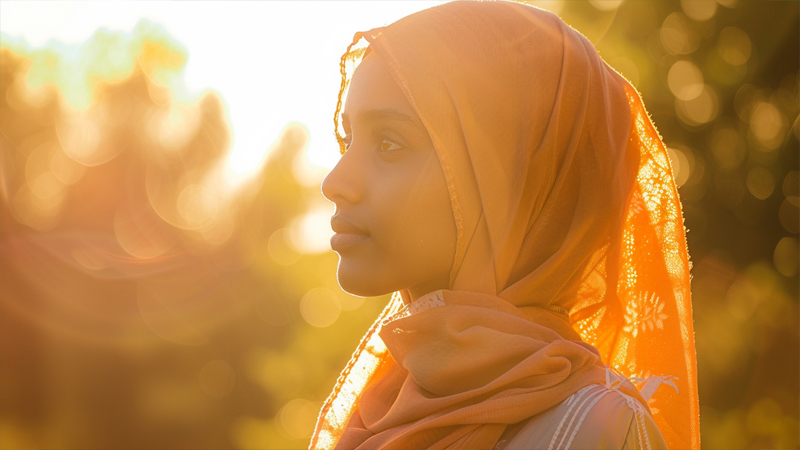
The hidden perks
I’ve noticed:
- Less sun damage: No more faded highlights from UV rays.
- Fewer split ends: My ends stay smoother without constant brushing.
- Less tangling: Wind? What wind? My hijab keeps everything in place.
My cousin, a dermatologist1, once joked that my hijab is like a “built-in SPF 50 for my hair2.” And she’s not wrong—my strands feel stronger since I started covering them.
What potential risks might daily hijab wearing pose to hair health?
“Why’s my scalp so itchy?” I asked my mom after my first week of hijab.
Tight wraps, poor ventilation, and friction can lead to dryness, breakage, or scalp issues.
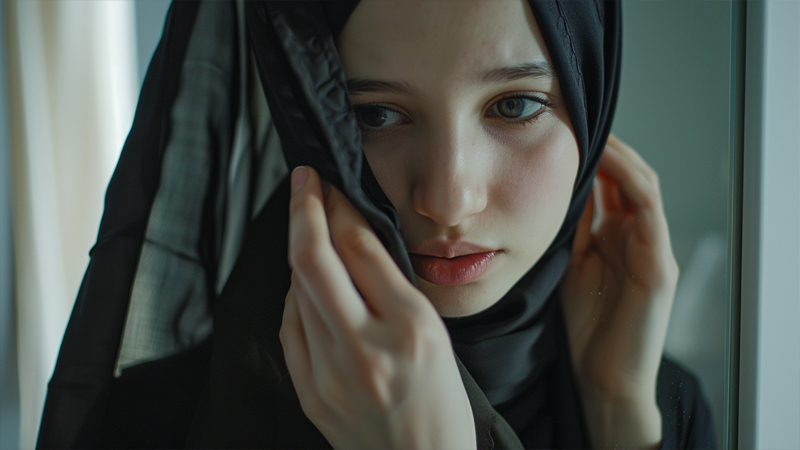
The not-so-great side
Here’s what I’ve learned the hard way:
- Traction alopecia: Tight undercaps can pull on hair roots. (Ouch!)
- Dryness: Fabrics like polyester can suck moisture from hair.
- Sweat buildup: Poor ventilation can irritate the scalp.
I once wore a synthetic scarf3 on a hot day and ended up with a scalp so itchy, I swore off non-breathable fabrics4 forever.
How can you mitigate any negative effects of wearing a hijab regularly?
“It’s all about balance,” my hijab stylist said, handing me a satin undercap.
Use breathable fabrics, moisturize regularly, avoid tight styles, and give your scalp breaks.
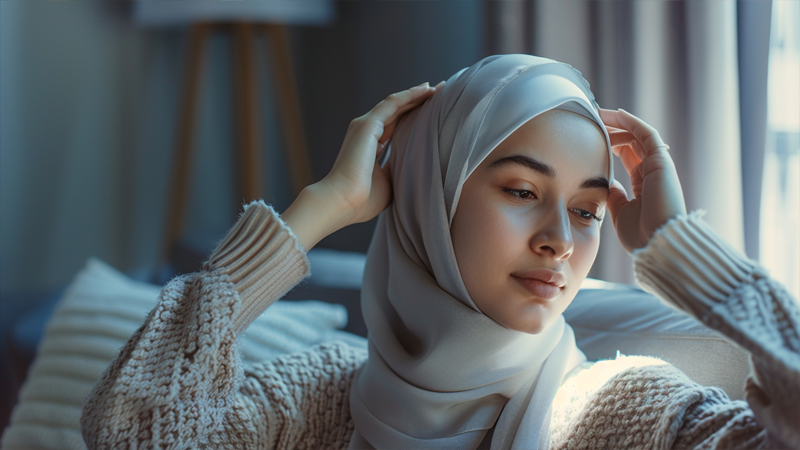
My hijab hair care routine
Here’s what works for me:
- Satin undercaps: Reduces friction and keeps hair smooth.
- Weekly deep conditioning: My hair drinks up moisture like a sponge.
- Scalp massages: Stimulates blood flow and feels amazing.
- Breathable fabrics: Cotton and bamboo are my go-tos.
I also let my hair “breathe”5 at home by leaving it uncovered for a few hours each day. It’s like a mini-vacation for my scalp6!
What do personal experiences and testimonials say about hair health and daily hijab use?
“My hair’s never been this long!” my friend Aisha gushed last week.
Many women report healthier hair with proper care, while others struggle with dryness or breakage without the right practices.
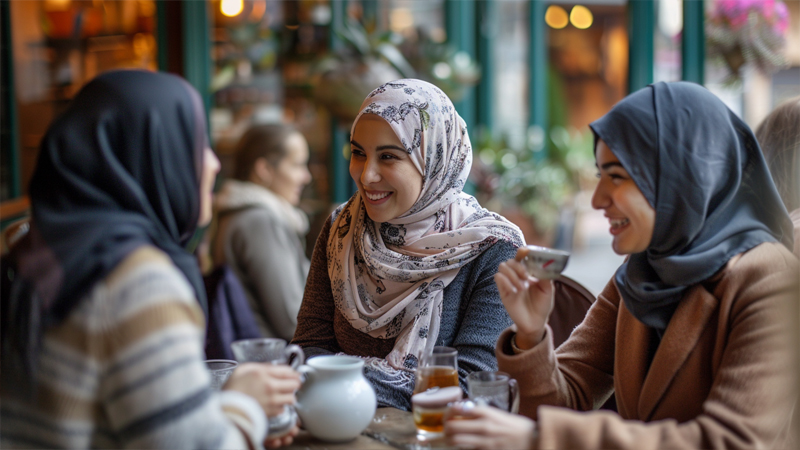
Real stories, real lessons
From my circle of hijabi friends:
- Aisha: Swears by silk undercaps and argan oil. Her hair’s waist-length!
- Fatima: Struggled with dandruff until she switched to cotton scarves.
- Layla: Lost hair at her temples from tight styles but recovered with looser wraps.
My own journey? I’ve had ups and downs, but learning to care for my hair under hijab has been empowering. It’s not just about covering—it’s about nurturing7.
Conclusion
With the right care, hijab can be a hair’s best friend—not its foe.
-
Learn from experts about the best practices for hair care and the role of dermatologists in maintaining healthy hair. ↩
-
Explore how wearing a hijab can protect your hair from sun damage and improve its health. ↩
-
Understanding the drawbacks of synthetic scarves can help you make better fabric choices for comfort and health. ↩
-
Learning about non-breathable fabrics can help you choose better clothing materials for your skin's health. ↩
-
Discover the advantages of allowing your hair to breathe for healthier scalp and hair. ↩
-
Learn effective ways to pamper your scalp and improve hair health with simple techniques. ↩
-
Discover effective nurturing techniques for your hair that promote growth and health, perfect for hijab wearers. ↩

